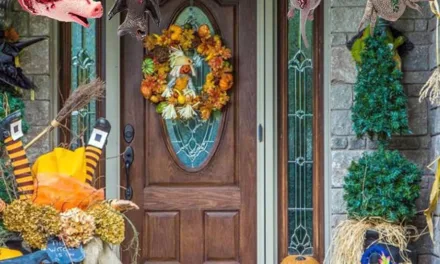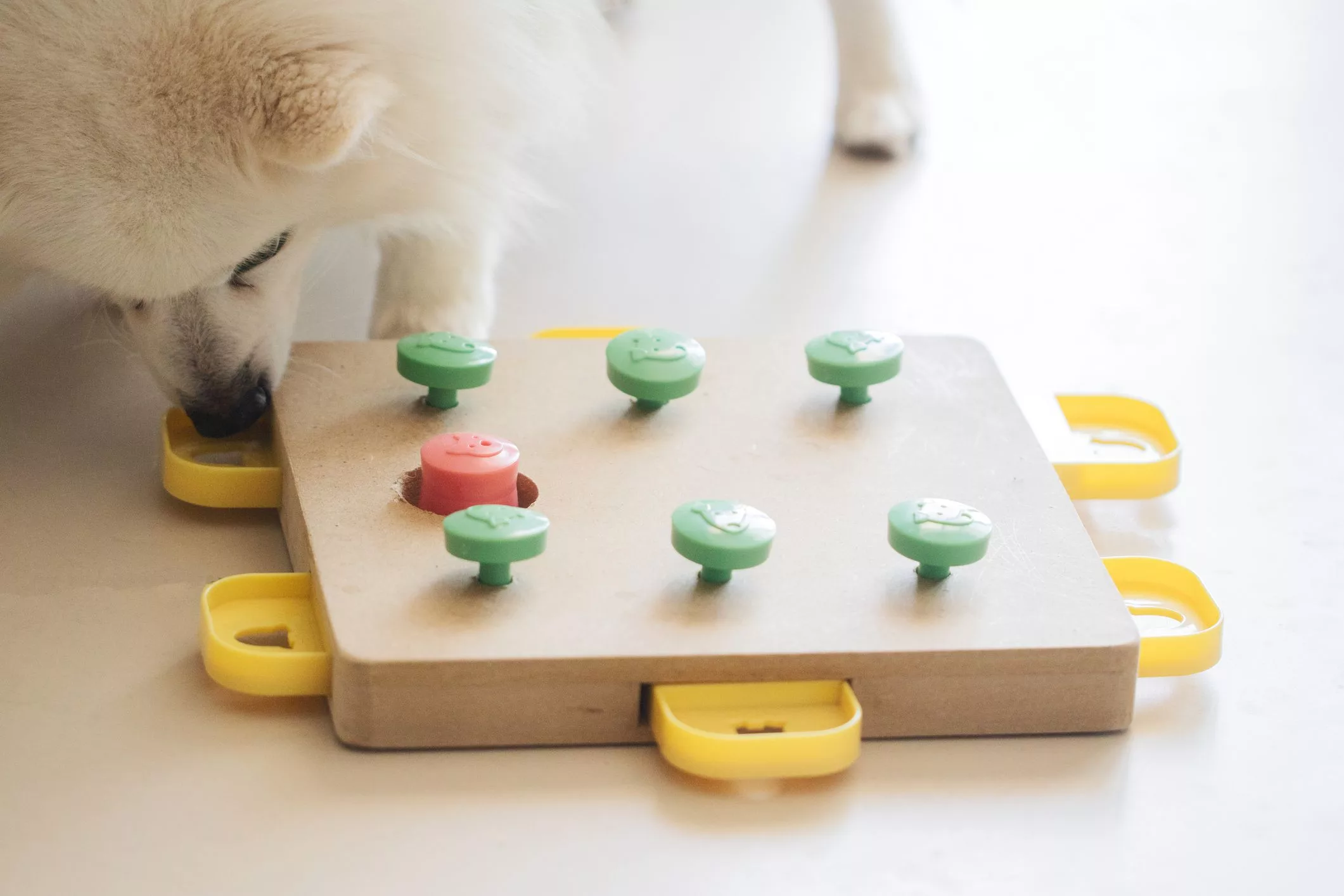
Introduction
Transforming Your Home Decor with Stylish and trendy décoractions in your home is a reflection of your personality and your tastes. Whether you’re moving into a new place or looking to refresh your current one, home décor plays a vital role in creating a welcoming and inspiring environment. In this article, we’ll explore various tips and ideas to help you transform your living space into a stylish and functional haven. Here are a few things for example.
What should be considered for home decor?
Understand Your Style:
Before embarking on a home décor project, take some time to discover your personal style. Browse interior design magazines, visit online platforms, and save images that resonate with you. This will give you a clearer vision of the overall aesthetic you want to achieve, whether it’s modern, minimalist, eclectic, or something entirely unique.
Create a Focal Point:
Every room needs a focal point that draws attention and sets the tone for the space. It could be a stunning piece of artwork, an eye-catching statement furniture item, or an accent wall with a bold wallpaper. By creating a focal point, you add depth and visual interest to the room.
Color Palette and Lighting:
Choosing the right color palette is crucial in setting the mood of your home. Consider the natural lighting in each room and how it interacts with different colors. Lighter shades can make a room feel more spacious, while darker tones can create a cozy and intimate ambiance. Additionally, pay attention to lighting fixtures and layer different sources of light to create a warm and inviting atmosphere.
Furniture Selection and Arrangement:
Investing in quality furniture pieces that blend functionality with aesthetics is key to achieving a well-designed space. Consider the size and layout of each room and choose furniture that fits appropriately. Organize the furniture in a manner that advances discussion and works with simple development. Explore different avenues regarding different furniture courses of action until you track down the one that best suits your requirements. Experiment with different furniture arrangements until you find the one that best suits your needs.
Add Texture and Patterns:
Texture and patterns can elevate your home décor by adding depth and visual interest. Incorporate different textures through materials like velvet, faux fur, natural fibers, and textured wallpapers. Introduce patterns through throw pillows, area rugs, curtains, or even wall art. Just remember to balance textures and patterns, ensuring they complement each other rather than clash.
Embrace Greenery:
Bringing nature indoors can breathe life into any space. Indoor plants not only add a touch of green but also help purify the air and promote a sense of well-being. Select plants that thrive in the lighting conditions of each room and consider various sizes and shapes to create a dynamic display. You can also experiment with planters and hanging arrangements to add a unique touch.
Personalize with Accessories:
Accessories are the finishing touches that make a house feel like a home. Showcase your personality and interests hiby displaying meaningful items such as artwork, family photographs, and souvenirs from your travels. Incorporate decorative items like vases, candles, and decorative trays to add style and functionality to your space.
A Few home décor trends that were popular at the time. Please note that trends might have evolved since then
Elements inspired by nature are very important for home decor.
Nature-Inspired Elements:

Bringing the outdoors in was a popular trend, with the use of natural materials like wood, stone, and plants. Biophilic design, which aims to connect interiors with nature, was gaining traction.Nature-inspired elements refer to design, concepts, or features that draw inspiration from the natural world. These can include motifs, colors, shapes, textures, and patterns found in environments such as forests, oceans, mountains, and deserts. Incorporating these elements into various forms of art, architecture, fashion, and technology can create a sense of harmony and connection with nature. Examples include organic shapes, earthy color palettes, flowing lines, and biomimicry, which mimics biological processes in design and engineering.
Sustainable and Eco-Friendly Décor:
There was a growing emphasis on eco-conscious choices, such as using recycled materials, vintage furniture, and energy-efficient lighting.
Bold Colors and Patterns:
Vibrant and rich color palettes, along with bold patterns like geometric shapes and tropical prints, were making their way into interiors.Bold colors are vibrant, intense hues that grab attention and create a strong visual impact. They can evoke emotions and convey energy. Patterns, on the other hand, involve repeating shapes, lines, or motifs that create a decorative effect. Combining bold colors with patterns can result in striking and visually engaging designs, whether in fashion, interior design, or other creative fields
Maximalism:
More was more with this trend, as homeowners embraced layering textures, colors, and patterns to create visually rich and eclectic spaces.
Multifunctional Furniture:

With the rise of smaller living spaces, furniture that served multiple purposes (like storage beds or extendable dining tables) was becoming increasingly popular.Multifunctional furniture refers to pieces that serve more than one purpose, often designed to maximize space and utility in smaller living environments. Examples include sofa beds, coffee tables with storage, and folding dining tables. They’re popular for optimizing functionality in compact spaces like apartments or tiny houses. These items often incorporate mechanisms such as hinges, sliders, or collapsible components to transform from one configuration to another. This trend has gained traction due to the growing need for efficient use of space in urban living.
Artisanal and Handcrafted Pieces:
The appreciation for artisan-made items, from ceramics to woven textiles, was on the rise as people sought unique and personalized décor.Artisanal and handcrafted pieces for home décor offer a unique and personalized touch to your living space. These items are often made with care and attention to detail, showcasing the skill and creativity of the artisans. They can add character and warmth to your home, reflecting your individual style. Keep in mind that they might come at a higher cost compared to mass-produced items, but they can be well worth the investment for their authenticity and beauty.
Tech integration is a very important part of the home decor
Tech Integration:

Smart home technology was being seamlessly integrated into décor, with items like smart lighting, thermostats, and voice-controlled assistants becoming more prevalent.
Here are some examples of tech integration items commonly found in smart homes:
Smart Lighting:
LED bulbs and fixtures that can be controlled remotely through apps or voice assistants, allowing you to adjust brightness, color, and schedules.
Smart Thermostats:
Devices like Nest or Ecobee that learn your temperature preferences and can be controlled remotely, helping you save energy and maintain a comfortable environment.
Voice-Controlled Assistants:
Devices such as Amazon Echo, Google Home, or Apple HomePod that respond to voice commands to control various smart devices, answer questions, and perform tasks.
Smart Plugs:
These allow you to turn regular devices into smart devices by controlling their power remotely. You can turn devices on/off or set schedules.
Smart Locks:
Keyless entry systems that can be controlled remotely, granting access to your home and monitoring entry. Smart Cameras: Indoor and outdoor security cameras that provide real-time monitoring and recordings accessible through apps.
Smart appliances enhance home decor
Smart Appliances:

Refrigerators, ovens, and other appliances with internet connectivity that can be monitored and controlled remotely.
Smart Speakers:
High-quality speakers with built-in voice assistants that can stream music, answer questions, and control other smart devices.
Smart Blinds/Curtains:
Motorized window treatments that can be controlled remotely or set on schedules to manage natural light.
Smart Sensors:
Motion detectors, door/window sensors, and water leak sensors that alert you to potential issues or security breaches. Smart TVs:
Televisions with built-in streaming capabilities and compatibility with voice assistants.
Smart Home Hubs:
Centralized control devices that connect and manage various smart devices, allowing for a unified experience.
Smart Mirrors:
Mirrors with integrated displays that can show information, such as weather, calendar events, or news updates.
Smart Garden Devices:

Automated irrigation systems and plant monitors that help maintain indoor and outdoor plants.case the diverse ways in which technology can be seamlessly integrated into the home environment, enhancing convenience, energy efficiency, and overall lifestyle.
other styles and design are also enhance the beauty of home.
Japandi Style:
A fusion of Japanese minimalism and Scandinavian design, Japandi was characterized by clean lines, neutral colors, and a focus on functionality.
Vintage and Retro Revival:
Nostalgia was influencing décor choices, with mid-century modern and vintage pieces making a comeback.
Wellness-Focused Design:

Home environments that promoted relaxation and well-being, including spaces dedicated to meditation, yoga, and self-care, were gaining attention.
Conclusion:
By following these home décor tips and ideas, you can transform your living space into a haven that reflects your style and enhances your daily life. Remember to combine functionality with aesthetics and let your creativity shine through. With careful consideration of color, lighting, furniture, and accessories, your home will become a welcoming and inspiring place that you’re proud to call your own.
Remember that trends can evolve rapidly, and it’s a good idea to explore recent sources like design magazines, websites, and social media platforms to get the latest insights on home décor trends in 2023.
more articles you may like.
- How to make delicious weight lose Recipes with 7drinks and food? 😋
- Ranchology Recipes: Top 5 Best Recipes in 2023





